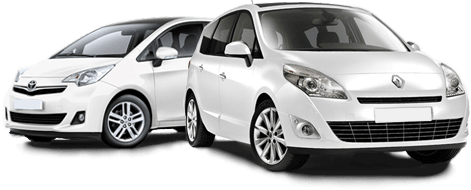Car Rental in Tampa | Book at Unbeatable Prices

Compare Prices and Book from the Top Car Rentals






Car Rental in Tampa
Discover Tampa and its Surrounding Wonders by Car

Tampa, nestled on Florida's west coast, is a vibrant city which brings together a unique blend of history, culture, and modern design. With its stunning beachfront and the shimmering Tampa Bay, the city has continued to captivate visitors. Downtown Tampa, elegantly redesigned alongside the Hillsborough River, now hosts world-class dining, contemporary art museums, stylish bars, and the captivating Riverwalk. For those seeking more adventurous, the Busch Gardens theme park, consistently voted one of the best in the world, offers rides, exhibits, and animal encounters.
Just a short car drive away awaits a string of must-visit towns and cities. St. Petersburg, just 30 minutes car ride south of Tampa, is renowned for stunning beaches and the Salvador Dali Museum, housing the largest Dali collection outside Europe. On the other side, Clearwater, about a 35-minute ride from Tampa, provides an ultimate beach experience on the Gulf of Mexico. The historical city of Sarasota, approximately an hour's drive from Tampa, holds cultural treasures such as The Ringling Museum of Art, an official state art museum of Florida.
Tampa is also the starting point for many unforgettable road trips. The strikingly scenic trip to Orlando, about 80 miles east, takes little more than an hour in the car and sets you in the middle of globally famous theme parks. If you're set to see Florida's southernmost point, Key West, take the rapturous 400-mile drive across the stunning Overseas Highway. Meanwhile, the historically significant city of Marco Island will give you an insight into Florida's rich history.





